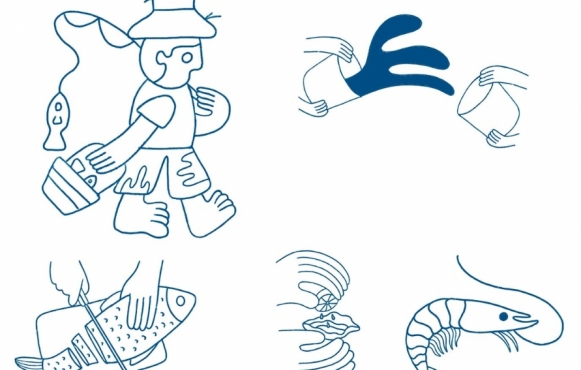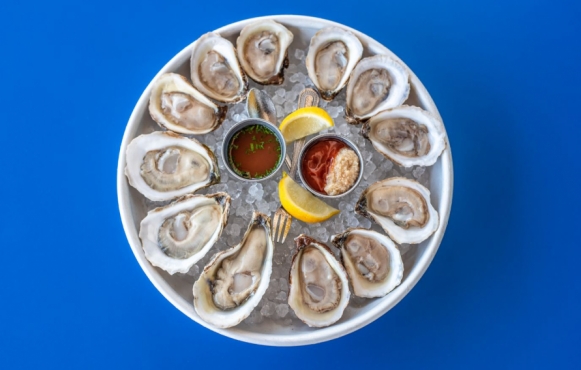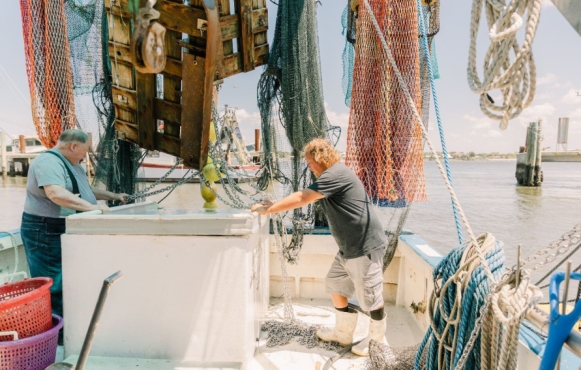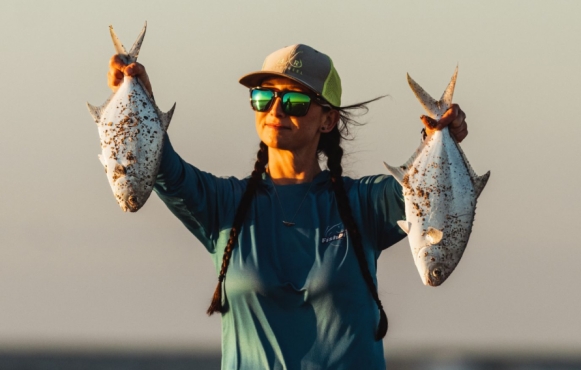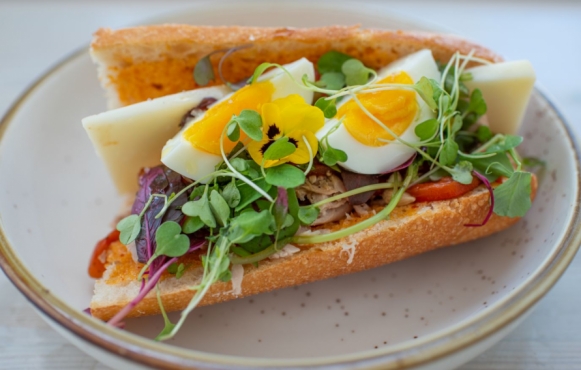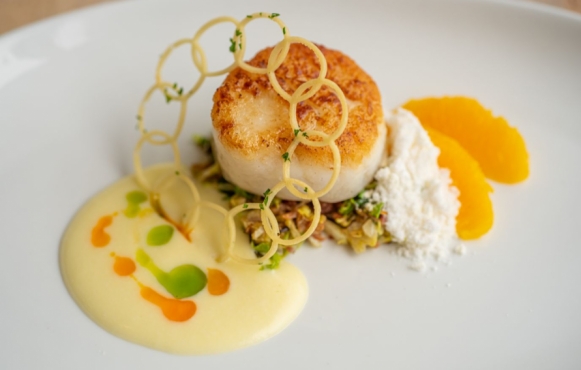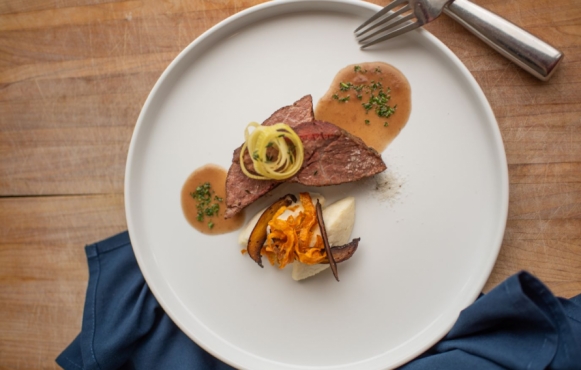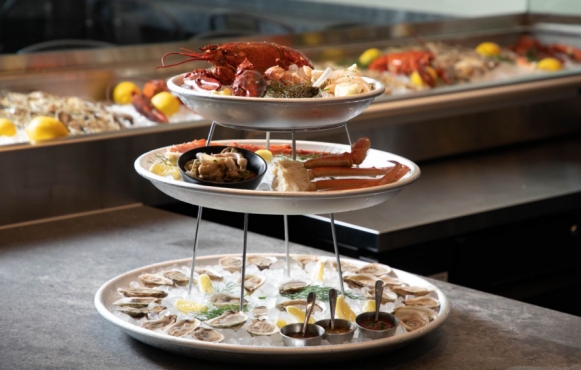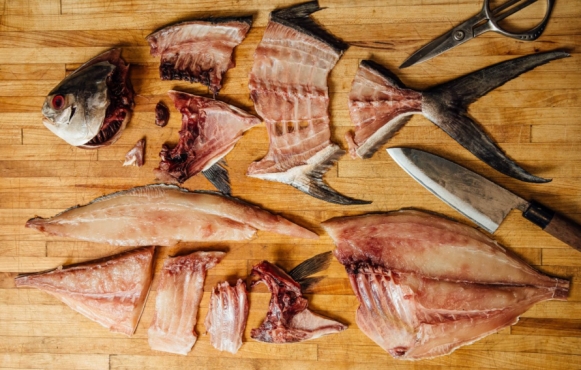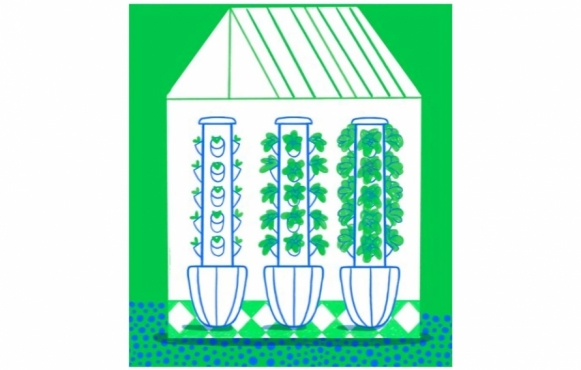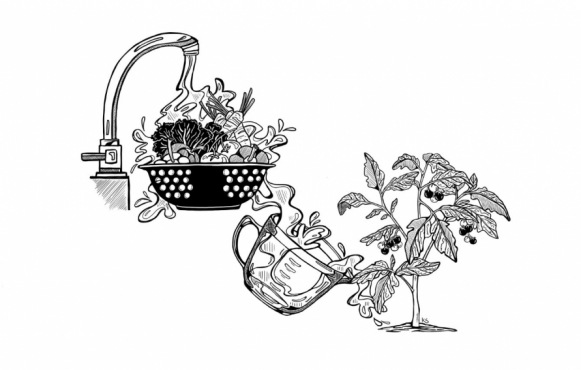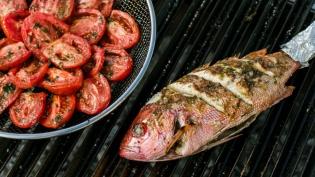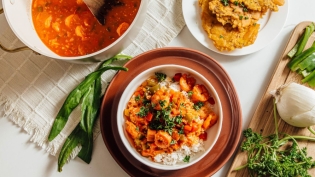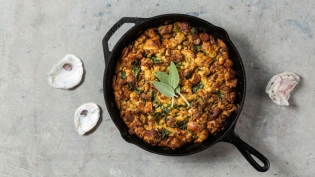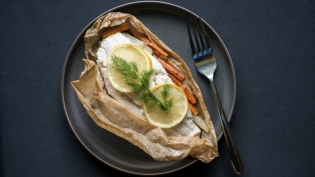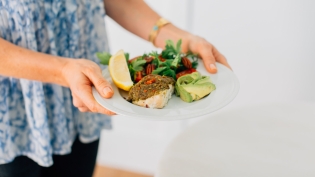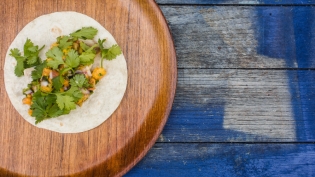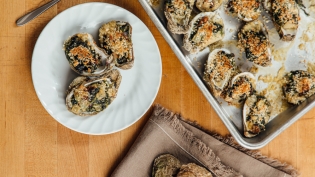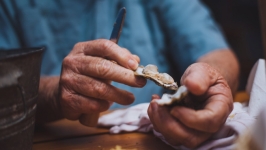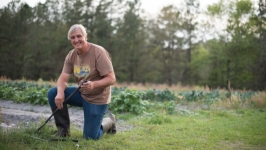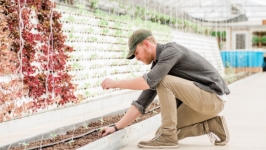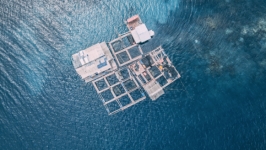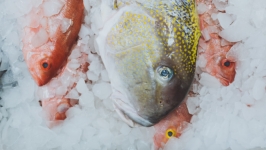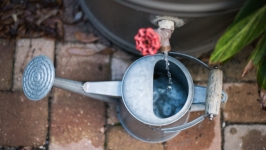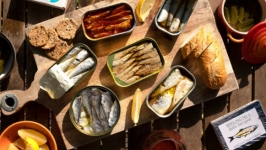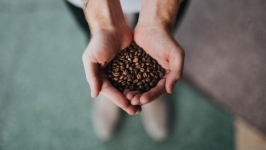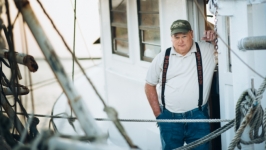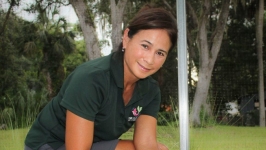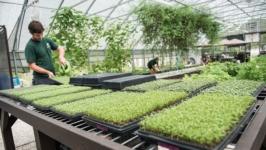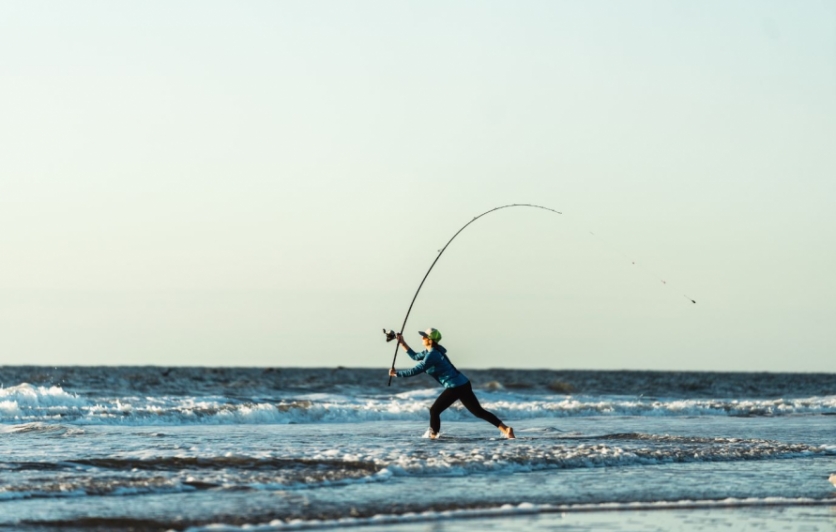
“If there is magic on this planet, it is contained in water.”
Loren Eiseley
As the world population continues to grow, one critical issue to address is how to achieve global food security. Recently there has been renewed attention given to the role blue foods – fish, shellfish, plants and algae – can play in creating a sustainable food system. There are over 3000 species of aquatic animals and plants in oceans, rivers and lakes that are captured or cultivated for use as food. According to studies undertaken by the Blue Food Assessment, a collaboration involving more than 100 researchers, these plants and animals already provide a vital source of nutrition for more than 3 billion people worldwide and livelihoods for hundreds of millions, with even greater potential in the future.
The Water issue is an appreciation of the aquatic life available in our region. For us to take advantage of the potential food supply, however, we need to protect local waterways; we highlight some of the threats as well as solutions to maintaining clean and safe resources. Rob Crabtree makes a case for why bivalve aquaculture may be the best way to create a sustainable oyster industry and marine ecosystems.
The St. Johns River watershed may be a veritable shrimp superhighway, but First Coast crustaceans are not what they used to be, as you’ll learn in Bill Delaney’s story. If you can’t go fishing, Adam King’s photos of a day at the shore are the next best thing. And if you’re lucky enough to land a pompano or two, follow Chef Chason’s instructions on how to fillet and utilize every piece of your fresh catch.
Check out the tips to reduce, reuse and recycle water in the kitchen. Speaking of cooking with water, did you get a sous vide immersion circulator but you’re not sure how to use it? We’ve got some flavorful recipe suggestions to add to your repertoire. And when you’re ready to dive into a seafood tower, check out the list of local raw bars.
As the concept of farm to table becomes more understood and commonplace, let’s not overlook the importance of “bait-to-plate.” Get to know your seafood, where it comes from, who catches it. Try your hand at casting some bait into one of our local creeks or the ocean and reel in dinner. We’d love to hear how you’re exploring our local waterways. Be sure to tag us on social media @edibleneflorida.
**********
STORIES FROM THE WATER ISSUE


